The Philips Hue Bridge is a well-known gadget, and the current generation has been with us for around 10 years now. Many of us would like to see a more powerful model with more memory to finally eliminate the limit of around 60 lamps.
We all know that the current Hue Bridge has three status LEDs. The design is probably familiar to everyone by now. So I was all the more surprised when I took a closer look at the back of the new Philips Hue Devote. The ceiling light is the latest product in the Philips Hue range.
This is where we could see the new Hue Bridge for the first time
The packaging bears the obligatory note that all functions are unlocked when used in conjunction with the Hue Bridge. However, the Hue Bridge icon is unusual: instead of three dots for the status LEDs, only two dots are visible. In addition, the button on the bridge appears significantly larger than on previous packaging. Feel free to compare the following icon with the one on a box you have at home.
Now, an icon like this is presumably not drawn pixel by pixel on the packaging, so one of the dots could easily have been forgotten. Normally, these are finished graphics that are inserted in the desired place. So it’s pretty clear that we’re dealing with a new icon for the Hue Bridge here. But why would Philips Hue change the matching icon when the hardware remains unchanged?
At this point, I therefore assume that Philips Hue will not only present products such as the Hue Secure Video Doorbell or Matter-enabled light bulbs at the already announced event in September, but also a new bridge. A bridge that has only two status LEDs and a button in the middle that is larger in relation to the entire housing.


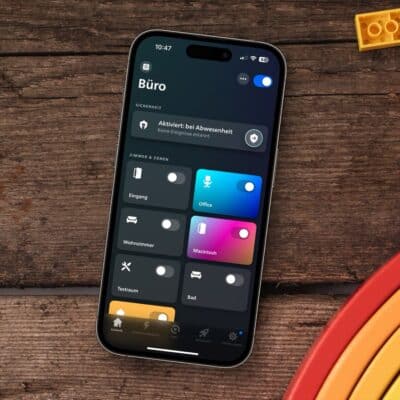


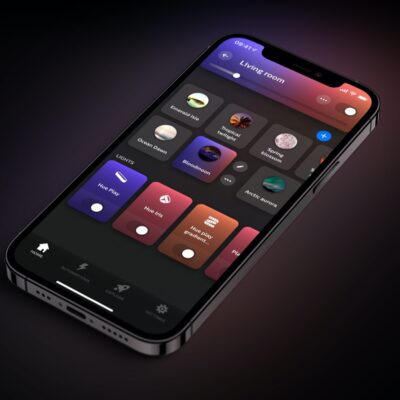
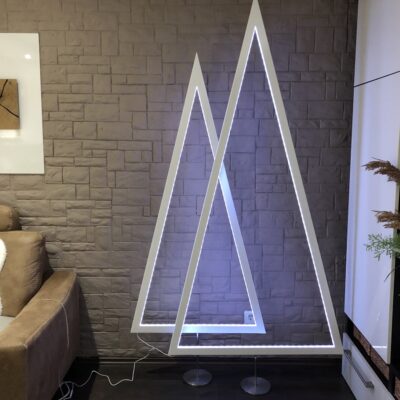
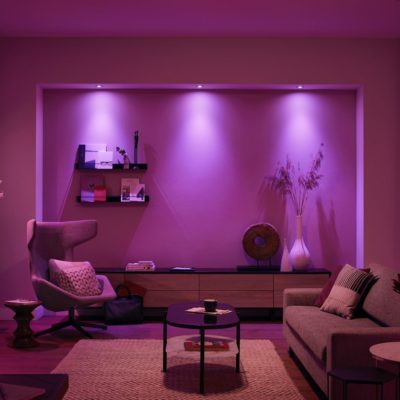





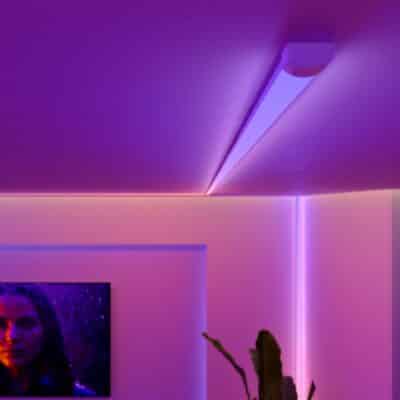
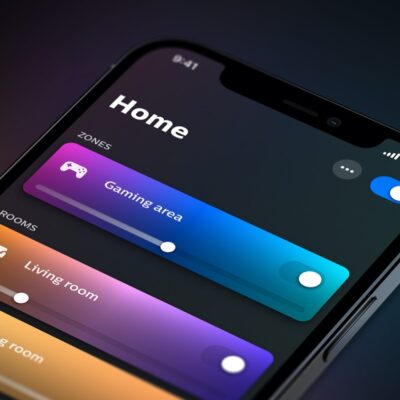

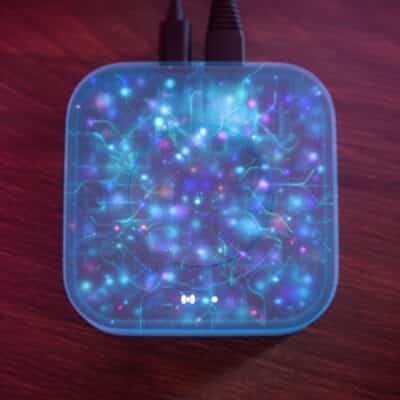
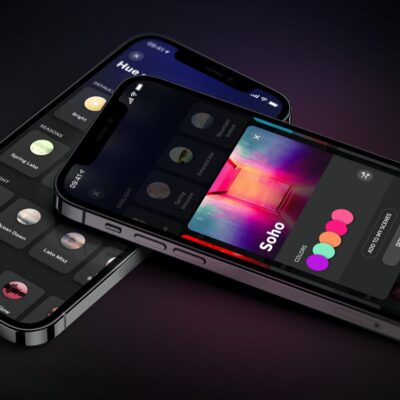


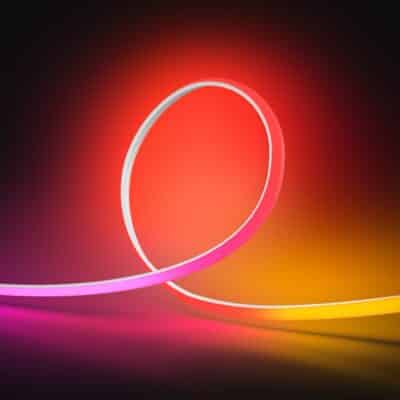
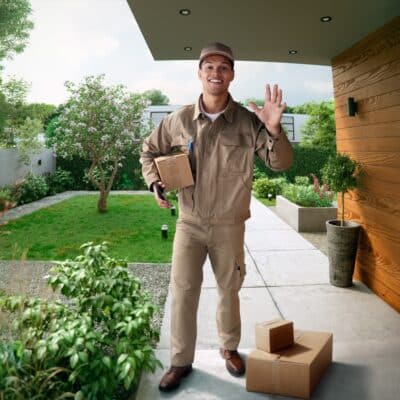
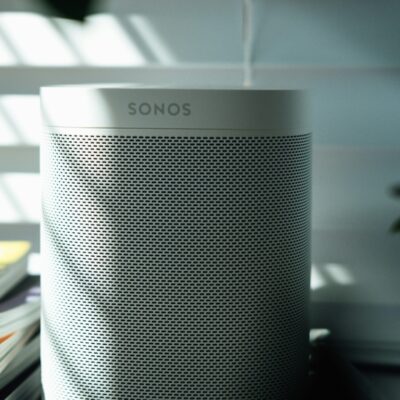


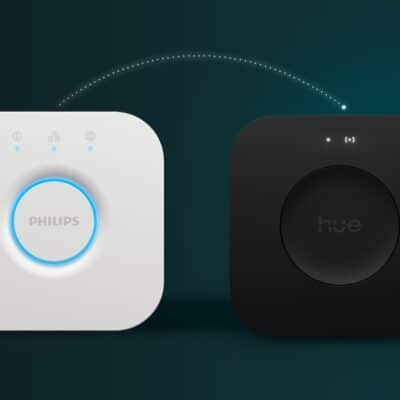



Nice catch, @Fabian!
I’ll be watching for major updates on your blog as you learn them in September.
It’s not memory that is limiting 60 lamps/devices, it’s the Zigbee 1.0 standard. 100% need more memory however because the limitation of scenes is very annoying. I still think they should make a primary hub that would just be the brain for house setup, scenes and schedules and then use the normal hubs throughout your house as the bridge for lamps and devices that the primary hub sends commands to.
At the end there are some limitations, the hardware is far too old. I was thinking about two or three Zigbee radios on different channels to make sure all the old stuff can stay connected.
Looks like an emoticon with two small eyes and a big open mouth :0